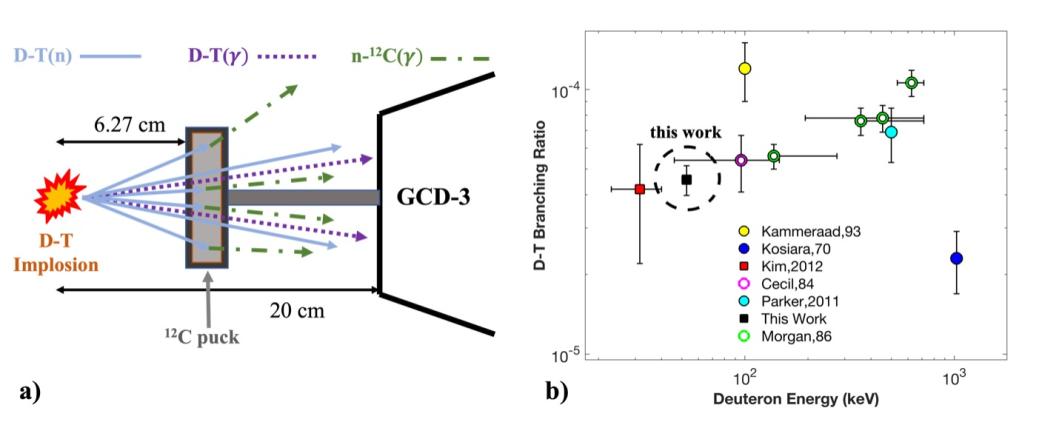ホークス研究室で開発された装置が、人工・生物を問わず、既知のジャンパーの中で最も高い跳躍を達成した A device developed in the Hawkes Lab achieves the tallest height of any known jumper, engineered or biological
2022-04-27 カリフォルニア大学サンタバーバラ校(UCSB)
<関連情報>
- https://www.news.ucsb.edu/2022/020619/hitting-news-heights
- https://www.nature.com/articles/s41586-022-04606-3
工学的ジャンパーは、仕事の掛け算によって生物学的限界を克服する Engineered jumpers overcome biological limits via work multiplication
Elliot W. Hawkes,Charles Xiao,Richard-Alexandre Peloquin,Christopher Keeley,Matthew R. Begley,Morgan T. Pope & Günter Niemeye
Nature Published: 27 April 2022
DOI:https://doi.org/10.1038/s41586-022-04606-3

Photo Credit: COURTESY IMAGE
Abstract
For centuries, scientists have explored the limits of biological jump height1,2, and for decades, engineers have designed jumping machines3,4,5,6,7,8,9,10,11,12,13,14,15,16,17,18 that often mimicked or took inspiration from biological jumpers. Despite these efforts, general analyses are missing that compare the energetics of biological and engineered jumpers across scale. Here we show how biological and engineered jumpers have key differences in their jump energetics. The jump height of a biological jumper is limited by the work its linear motor (muscle) can produce in a single stroke. By contrast, the jump height of an engineered device can be far greater because its ratcheted or rotary motor can ‘multiply work’ during repeated strokes or rotations. As a consequence of these differences in energy production, biological and engineered jumpers should have divergent designs for maximizing jump height. Following these insights, we created a device that can jump over 30 metres high, to our knowledge far higher than previous engineered jumpers and over an order of magnitude higher than the best biological jumpers. Our work advances the understanding of jumping, shows a new level of performance, and underscores the importance of considering the differences between engineered and biological systems.



